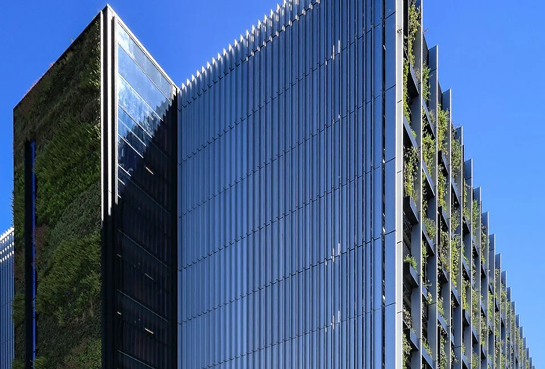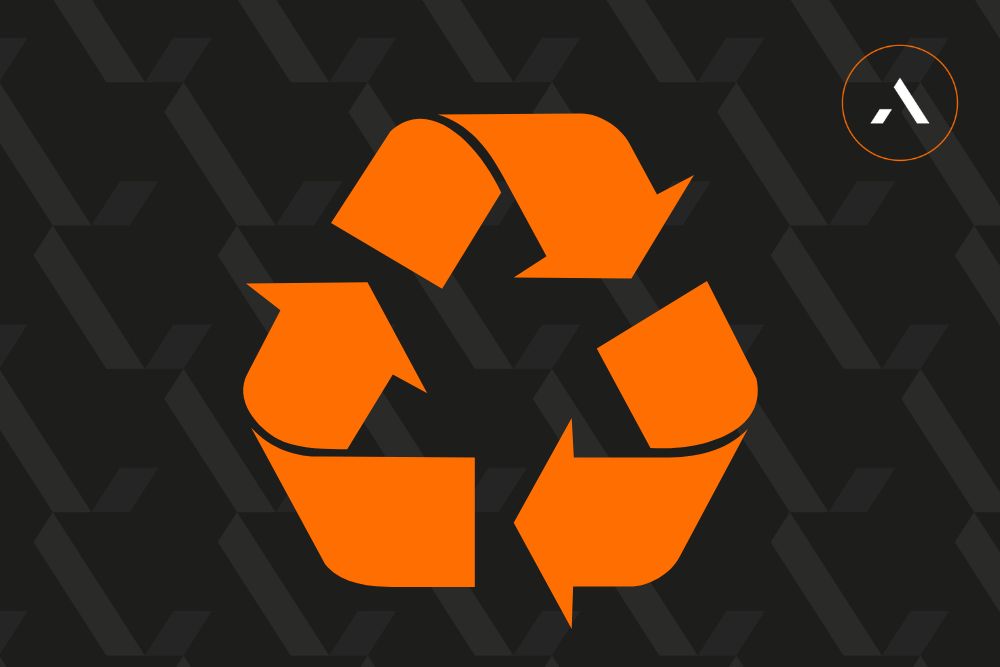
Latest
News
Maple Façades continues journey towards sustainable construction.

Topics
- About Maple (100)
- Car Parks (90)
- Office and Retail (47)
- Government (39)
- Rainscreen (36)
- Louvres (30)
- Education (24)
- Residential (24)
- Brise Soleil (22)
- Health (20)
- HSEQ (18)
- Commercial Blinds (16)
- Sustainability (15)
- Data centres (10)
- Pre-Construction services (10)
- Architectural facade (7)
- North West (2)
Using sustainable practices has environmental, social and economic benefits for construction companies.
In 2017, the government released a Clean Growth Strategy which set out proposals for decarbonising all sectors of the UK economy in the 2020s and working sustainably is a major part of achieving this goal.
But what does working sustainably mean in the construction industry? Some of the obvious suggestions that come to mind are using renewable and recyclable materials (such as wood, plastic, aluminium and steel) and being conscious of waste creation and energy consumption. However, there are also many other things that construction companies can do to decarbonise their processes such as Carbon Footprint Reporting and producing EPDs.
Maple Façades embarked on the journey towards sustainable practices in 2021 when we started to identify the opportunities to drive down our carbon emissions and therefore the environmental impact of our operations.
For the upcoming year, we have three priorities which are paving the way for our sustainable activities.
1. cARBON fOOTPRINT REPORTING
In 2021 we engaged with a carbon solutions specialist to help establish our benchmark year data from which all improvements could be measured.
The report from 2021 revealed areas for attention before we could fully report on Scope 1,2 and 3.
The Scope Carbon Report provides the basis for mandatory greenhouse gas reporting in the UK. The three scopes cover emissions from three different areas in the business, Scope 1 comprises emissions that a company produces directly, and Scope 2 covers emissions produced indirectly, such as the energy produced when heating and cooling buildings.
Scope 3 emissions are the kind that are indirectly associated with the company, such as those produced by the supply chain and by customers when using a product.
Since 2021, we have developed several digital tools which have enabled increased automated data collection and analysis with full reporting of Scopes 1 and 2 in place since 2022, and phased reporting of Scope 3 since 2022 with full reporting in place for 2024.
This is an exciting time as we work to share our learning and digital tools with our supply chain and assist them in providing the data we need for our own digital tools as part of the final phase of Scope-3 reporting.
2. LIFE CYCLE ASSESSMENTS (LCA)
With the assistance of our selected Net Zero Partner, Blue Marble, we have created detailed assessments for a range of core products. LCA’s evaluate the environmental impact of buildings and can create independently verified Environmental Product Declarations.
This information is now being used as part of our pre-construction and value engineering services to assist clients in understanding the impact of our products.
In 2023, the first Life Cycle Assessments of our products produced independently verified Environmental Product Declaration documents which will be available from the beginning of this year.
3. environmental product declarations (epd)
In collaboration with Blue Marble, our first EPD is at the point of submission for independent verification and validation by EPD Hub. To learn more about EPDs, read our HSEQ Statistics for 2023 article.
The benefits of EPD’s have become increasingly obvious, such as sharing important sustainability information with interested parties, along with highlighting areas in which we can make changes in the way we operate. Which, in time, will further reduce our environmental impact.
WHAT'S NEXT FOR MAPLE?
With these priorities firmly set in motion, the foundations are in place to reach one of our primary objectives of achieving Net Zero in 2030. We plan to achieve this through:
1. Completing full carbon reporting and Environmental Product Declarations in 2024.
2. From the results of carbon reporting, we will continue to reduce as much waste from our operations as possible e.g. materials, energy consumption, transportation and packaging.
3. Utilise renewable sources of energy wherever possible and practicable.
4. Purchase credible carbon offsets.
It hasn’t all been plain sailing, however, as I’m sure many other companies will agree. In our next article, we will cover some of the challenges of working sustainably. Although, despite challenges, by implementing sustainable practices businesses can help to meet the demands of a growing population and protect our natural environment for generations to come.
